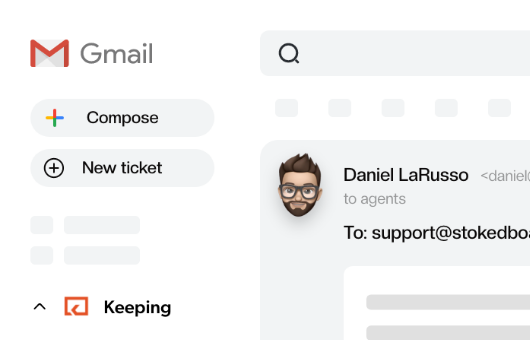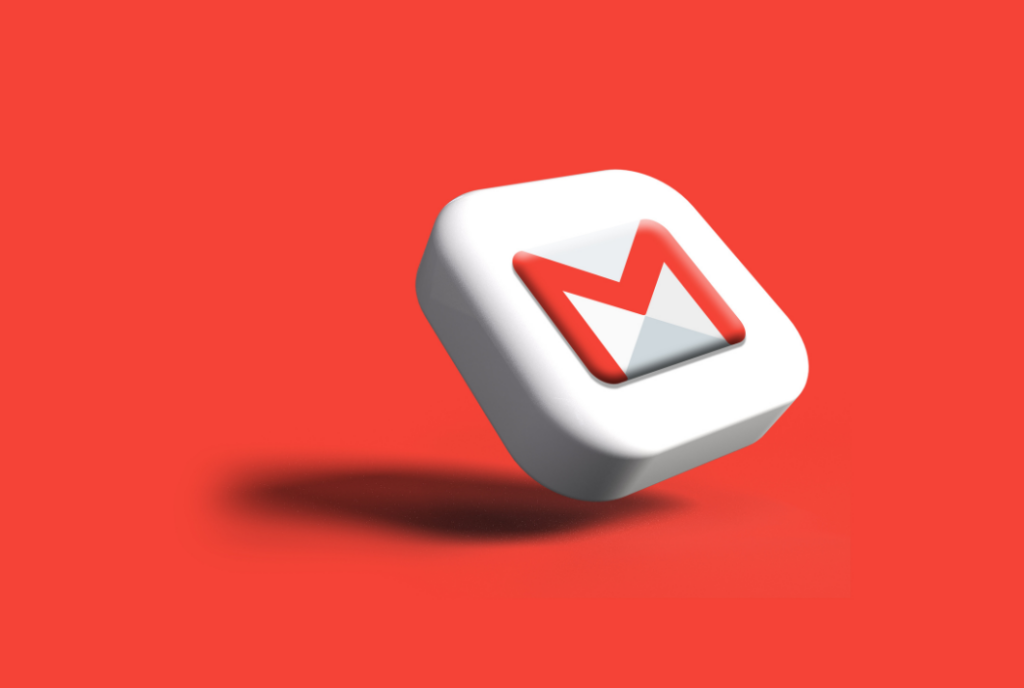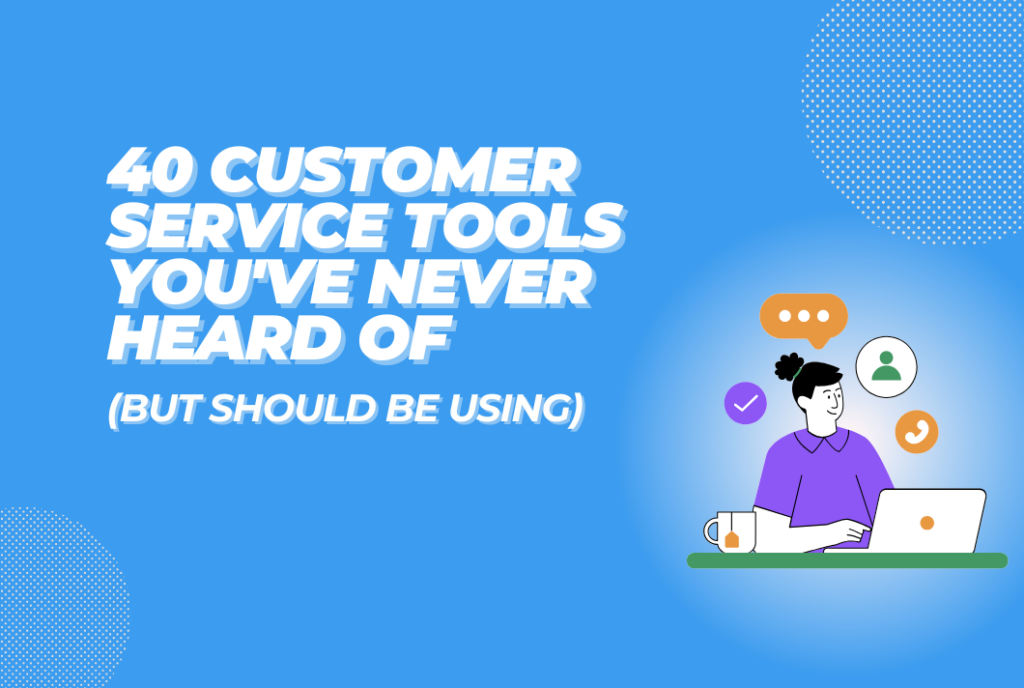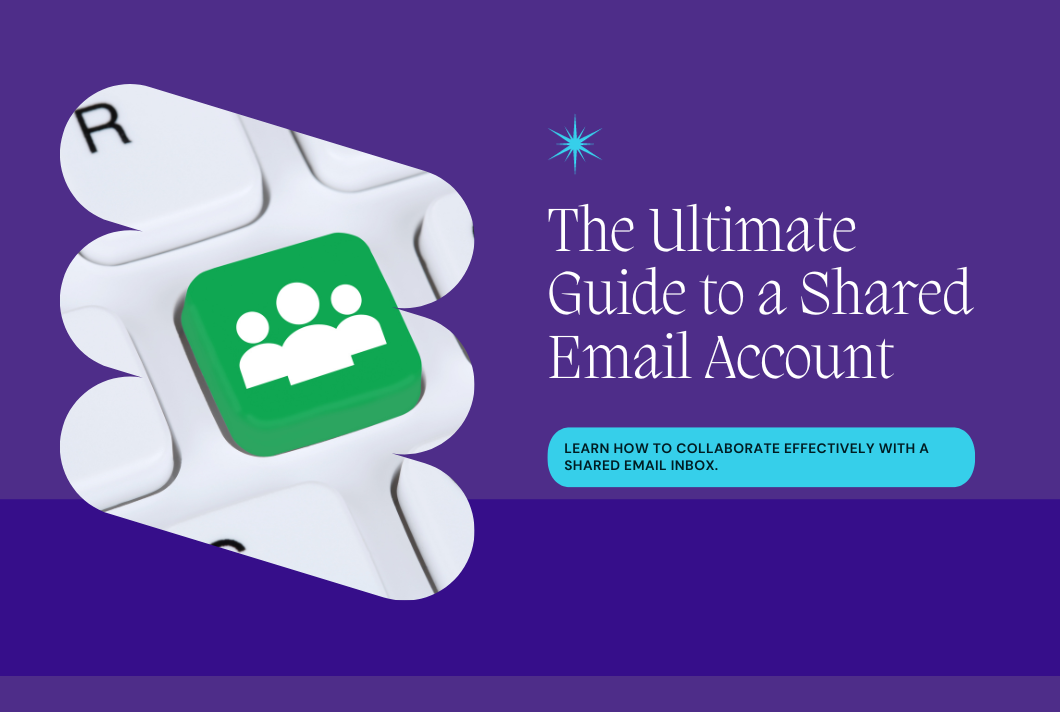
Shared Email Account: The Ultimate Guide
Learn everything about setting up and using a shared email account to manage emails with a team.
Gmail is a perfect tool for managing personal email. Unfortunately, it lacks a lot when it comes to coordination with a team.
So, one way to use email to manage a shared email account for customers is to move to a better tool.
Or use a shared email account in Gmail.
In this guide, you’ll learn everything there is about the latter.
Let’s do it.
What is a shared email account?
As the name suggests, a shared email account is an email address that multiple users share for the purpose of email management. Typically, your shared email address will be something like help@company.com, and you may receive hundreds or thousands of emails daily to your team.
The fundamental features of a shared email account include those that allow team members to collaborate over email, such as assigning an email to a particular person. Without these features, team members are forever stepping on each other’s toes and duplicating work through lack of visibility.
So, if you use a shared email account, you can still use email to communicate with customers but avoid all the pitfalls of a personal email account. The great thing is you don’t need a lot of complicated software to achieve this level of usability with email, which is an indispensable method of communication even today.
A shared email account means going one step beyond the collaborative inboxes available in a group inbox like Google Groups.
Why use a shared email account?
Since email is so easy to use, you may be reluctant to upgrade to a shared email account because you’re worried you’ll lose this usability. The problem with this approach is that you remain unaware of the issues you’re facing when you stick to regular email at the expense of using a shared email account.
A shared email account becomes essential when you receive so many emails that you cannot handle them all as an individual. When you want to expand your support team and scale your operations, struggling with an individual’s email address with shared login details is insufficient for your needs.
Not to mention, sharing login credentials for traditional email is a highly insecure and risky way of accessing your emails. Customers deserve better, and organizations certainly need to adopt a more professional approach. Even though individual team members might use their personal email addresses to access the shared email account, replies to customers can come from the shared email address.
Email clients such as Gmail usually allow you to opt for a shared email account using an extension such as our own Keeping.
What are the benefits of a shared email account?
A shared email account has numerous benefits, and we’ll go into them now.
A shared email account is more reliable and secure
As we’ve just mentioned, using the same login credentials shared among multiple people is the worst way to access a shared mailbox. The more people who know a password, the bigger the risk it could be exposed to malicious parties. Compromising your customer data is a dangerous business for organizations that want to preserve their reputations and follow email security protocols.
Centrally manage your settings for email
A single admin can control the settings for your shared email account, which cannot be changed by anyone else logging into the same user account. This means you can more securely manage the settings for your email and ensure that your team follows the correct processes when it comes to handling email.
Provide a better customer experience
Customers might not know you are using a shared email account to communicate, but they will certainly appreciate the superior customer experience. When each agent knows what they are doing and can use the right features to collaborate on email, customer service is faster and more efficient because agents aren’t operating in confusion. You can handle multiple conversation threads without getting lost.
Customize the view for each user
Although settings are centrally managed, users logging into the shared email account can customize the view that suits them. For example, when you use an extension for Gmail like Keeping, users access the shared account through their own personal Gmail account. Each mailbox they have access to shows up in the menu in Gmail.
Multiple users can log in to shared email
Without a shared email address, only one person can log in at a time before someone is kicked out. If multiple users log in from different locations, devices and browsers, a platform like Gmail may lock your account for security. A shared email account removes all these problems because it is intended to be accessed collaboratively through more than one user mailbox.
Admins can revoke access without changing passwords
Since you manage access centrally, the admin could remove a user of a shared email account without having to change the password for the whole inbox. This means that you can easily revoke the access of an employee who leaves the company or changes departments and you can restrict inbox management to only individuals who have permission.
You can manage higher volumes of email effectively
With all of the other features included in a shared email account, you can manage higher volumes of email with teams of agents without getting lost in the chaos. For example, it’s easy to view multiple conversations with customers and agents can collaborate on particular tickets. Each agent can view the emails that were assigned to them so you never lose important customer emails.
More easily control spam
When you make your email address public on your website or social media, you’ll start receiving lots of spam. Shared email accounts reduce the amount of spam you receive by automatically filtering certain emails and archiving them or deleting them. If you’re using a tool like Gmail, it will be relatively good at filtering out spam anyway, but you can take your efficiency and productivity to the next level.
How to create a shared email account
If you want to create a shared email account, then you need to upgrade to the right software – more than just using Gmail or Outlook. With Gmail, third-party tools (like Keeping) typically enable you to turn your traditional email inbox into a shared email account.
Initially, you need to make sure you have a shared email address, such as help@company.com. This will typically be registered to your own custom domain, which looks much more professional, rather than using something like company@gmail.com. Customers will trust you more if you have registered for your own domain.
To set up your shared email account, you simply sign up for Keeping and configure the settings. Then, if you have access to the mailbox, the shared email account will always appear whenever you log into Gmail. Keeping even works if you’re using Google Groups by turning your group into a shared inbox with Keeping.
Connect your first mailbox in Keeping
Go to “Quick Start”
Click on the “Quick Start” link in your Keeping Dashboard.
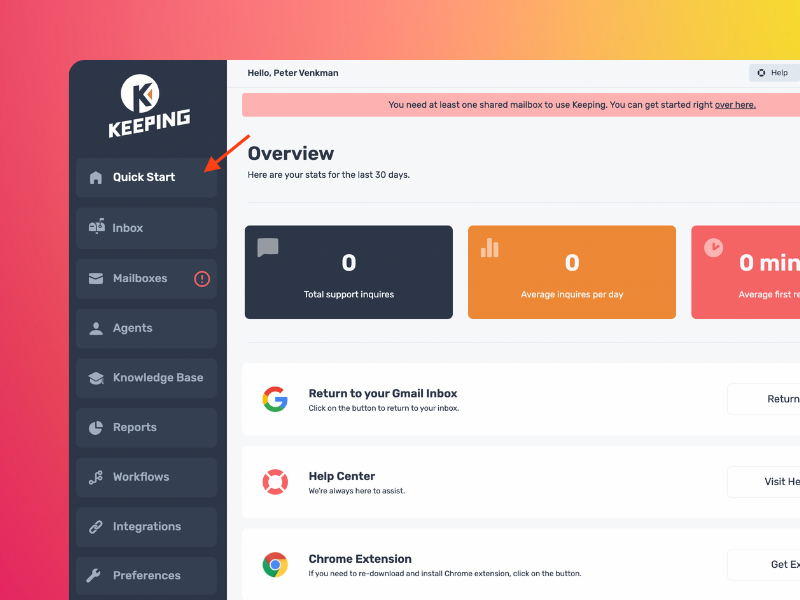
Enter an email address and name for your mailbox
Enter the email address and name of your support mailbox. Feel free to invite your team here, as well (this is optional). Click “Next” to move on to the final step.
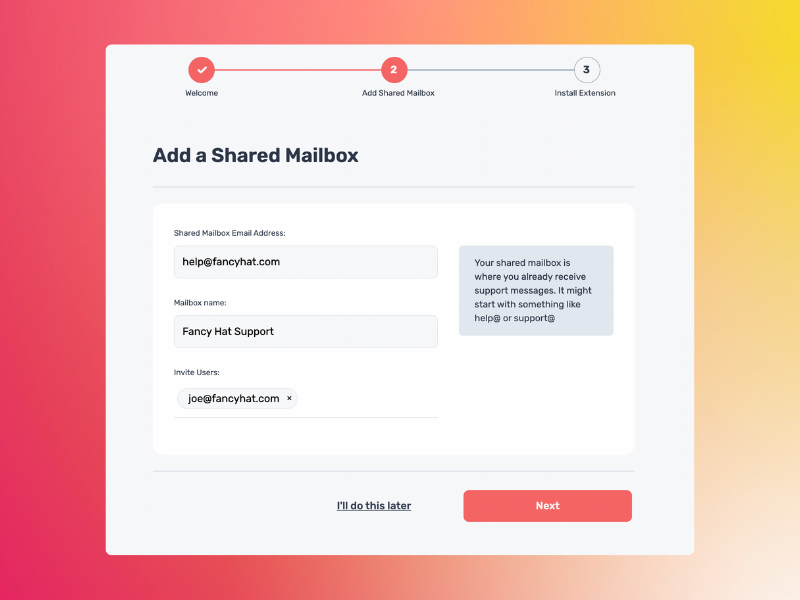
Connect your mailbox
Choose how you want to connect your shared mailbox, either directly with “Sign in with Google” or using Email Forwarding. When you reply to your customers with Keeping, it will originate from the shared email address and name you provide here. This is usually the email address where you already receive email from your customers. It might start with something like help@ or support@.
That’s it – you’re ready to start sharing your mailbox without any messy password sharing or multiple tabs.
Can multiple users use the same email account?
The whole point of a shared email account is for multiple users to be able to use it, even at the same time. With a solution like Keeping, users will log into their Gmail account with their own unique credentials but be able to access their shared mailbox from the dashboard. The view will look slightly different for each user because they will be able to view their own assigned tickets as well as the main inbox.
What are the main problems with a shared email account?
Although you may be convinced of the value of upgrading to a shared email account, there are problems you might encounter along the way.
Tools are too expensive
If you stick to something like Gmail, costs can be free or at least minimal. Companies may worry that moving to a shared email account will be costly, but it doesn’t have to be. There are several solutions on the market that offer comprehensive solutions for a reasonable cost, including our own Keeping. It’s easy to manage costs and scale up or down as your needs fluctuate. At any rate, failing to embrace the necessary tools carries hidden costs later down the line.
Companies are reluctant to leave email
It can be hard to change the way you do things if you’ve been used to a particular process for a long period of time. Shared email accounts can represent change and then companies are reluctant to leave the comfort of Gmail. With Keeping, you don’t have to – you can have the best of both worlds.
Agents fail to adopt the new tool
If agents don’t understand why you are migrating to a new tool, they may fail to adopt or fail to learn important features. With Keeping, every feature works directly within Gmail so there is nothing new to learn. Each feature is intuitive and makes managing email much easier, removing the complexity from adopting a new shared email account.
Can you share a Gmail account?
Ordinary Gmail accounts cannot be shared because they are intended for individual users. Some users circumvent this problem by relying on a solution like Google Groups, which turns your email address into a group, which is a bit like a distribution list. This option comes with its own limitations, which is why many organizations ultimately turn to a shared email account.
As we’ve already mentioned, Gmail may restrict access if multiple users are using the same Gmail account simultaneously. It’s not an ideal solution for customer service teams, with downtime negatively impacting your customer service.
Also, regular Gmail lacks the collaboration features needed for customer service teams to work together. The customer experience suffers as your service team grows and email becomes the beast you must tame.
The best tools for a shared email account
Now, we’re going to look at the top shared inbox tools you might want to consider for your customer support team.
Keeping
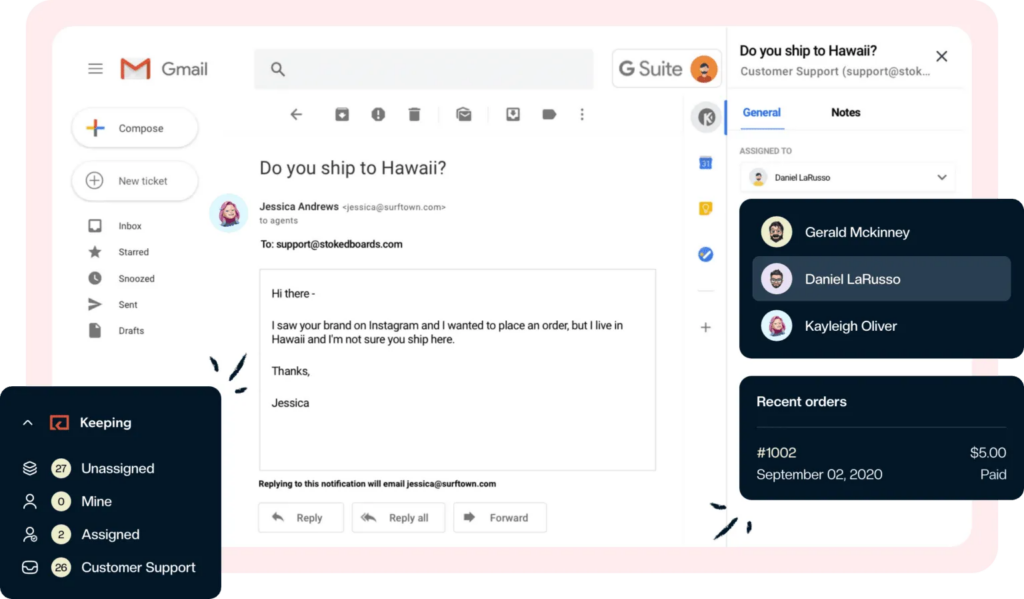
You need a shared inbox software like Keeping to manage your customer emails. Know that when you adopt Keeping, you can stay right inside your Gmail account and avoid the hassle of learning a complex new tool. Once you subscribe to Keeping, you can plug right into Gmail and always view your shared mailboxes whenever you log into your own account.
Keeping is essential if you want to reach better email productivity and help more customers. Email can be a useful tool but will become a burden if you don’t manage it properly, resulting in lost revenue for your business. Keeping removes the typical problems associated with customer service email by facilitating collaboration.
Although Keeping is simple on the surface, you have access to reports and automations that make your life easier. Keeping is much more than email, allowing you to create a shared inbox in Gmail to enable you to support customers more effectively.

Why you 100% need Keeping for a shared email account
Change can be hard, but Keeping will revolutionize your email for customers.
Assign emails to agents – agents can work together when they have ownership of particular tickets, which show up in their inbox.
Generate reports for management – understand how your team is performing as well as volumes of email for better productivity.
Automatically tag emails – group similar emails together with automatic tags
Conduct internal conversations – notes and tagging enable agents to communicate with each other inside Keeping to solve tickets collaboratively.

Help Scout

Help Scout is an alternative shared email account that also integrates features such as live chat and a customer knowledge base. It’s especially designed for customer service teams dealing with a high volume of email, and offers productivity features such as saved replies and automatically assigning tickets using workflows.
Users like Help Scout because it is easy to use and the pricing is transparent. If you choose Help Scout, you know what you are going to get and you’ll have access to Help Scout’s many integrations with popular tools. You can also take advantage of Help Scout’s live chat functionality to support customers in different ways.
Zoho Desk

Zoho Desk is a shared email account software created by Zoho. With many powerful features on top of your standard email, you can use Desk to make your customers happier. Enabling you to adhere to SLAs, allowing customers to request callbacks, or organize customer tickets into boards, Desk is more than just an email account.
By tracking customer happiness automatically in Desk, you can improve the customer experience in real-time. While email can be impersonal, Desk allows you to connect more with customers and save them from abandoning your business.
Front

Front is a shared email account that you can use to centralize all your customer communication channels, including email, chat and SMS. Integrations with more than 80 apps ensure that you’ll never have a disrupted workflow again. Customers get the best from your agents because they aren’t wrestling with ill-equipped tools.
Collaborating on email becomes a whole lot easier with Front – for example, using a shared draft to check a reply to a customer with colleagues before you send email. Routing messages, assigning ownership and adding tags means you can manage email more effectively using Front.
Wrapping up
Ultimately, a shared email account is essential for customer service teams that want to collaborate on email. When you upgrade from a normal email address to a shared email account, you’ll never look back. Choosing software that comes equipped with all the features you need to manage email means you can enhance agent productivity, control costs, and make agents and customers happier.
Join 150+ teams that are sharing inboxes with us
The easiest way to upgrade your shared Gmail account. There’s no credit card is required.
